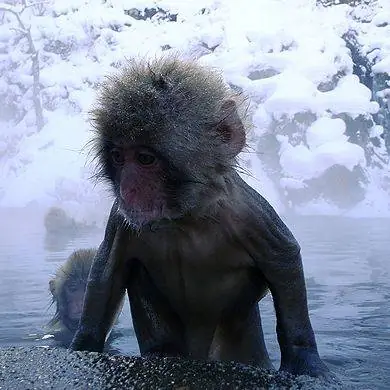
Winterizing Instructions for Above Ground Pools
How to Winterize Your Swimming Pool
Step 1
Prior to closing the pool, make sure your water is chemically balanced. Adjust chemical levels if necessary. This is a very important step because chemically balanced water protects the pool from corrosion or scale buildup that can occur during the period the pool is shut down. Your chemical levels should be as follows:
- pH: 7.2 - 7.6
- Alkalinity: 80 - 120 parts per million
- Calcium Hardness: 175 - 250 parts per million
- Chlorine: 1 - 3 parts per million
Step 2
Remove all deck equipment (ladders, rails, etc.).
Step 3
Brush down the sides and floor of your pool and then vacuum. If you leave any debris or dirt
in your pool, staining can occur.
Step 4
Add winterizing chemicals by broadcasting them into the deep end of the pool to
help protect water quality during the off season winter months.
Step 5
Clean the filter, skimmer, and pump basket. Remove all unused chlorine product
from the chlorinator. Cartridge filter elements and D.E. grids should be cleaned and
stored. If you have a sand filter, backwash it.
Step 6
Some people insert a Skimmer Guard, also known as Gizmo, into the skimmer and plug the return line. Others
lower the water in the pool below the returns (where the water jets into the pool) and the
skimmer. Either method is fine; the choice made is mostly due to personal preference. NEVER COMPLETELY DRAIN A POOL! This can cause your pool to collapse.
Step 7
If your pool is plumbed with detachable, flexible hoses, remove and store them for the winter. Remove all drain plugs from the pump, filter tank, and any other pool equipment. Follow the manufacturer's instructions for your specific
equipment. Place all drain plugs in the pump basket for storage. If your pool is hard
plumbed, use an air compressor or shop vac (attached to the blower side of the
vac), to blow water out of the system by forcing air down the skimmer and through the
plumbing.
Step 8
If you are using an air pillow, inflate by using a shop vac. Tie the air pillow at two places and
position it in the center of the pool. Tie strings to the pool wall so the pillow will not
move during cover installation. Air pillows are commonly used, but not
absolutely necessary. They are a good idea in colder climates in case the water
freezes and expands. The water will freeze inwards on the pillow instead of
outwards which can possibly damage the pool wall. Pillows are NOT used to create
a dome-like effect to keep rain off of the cover. They will not do that. The
rain water will always settle around the pillow.
Step 9
Place a winter cover over the pool surface, black side down. We carry winter covers for
above ground pools and for in-ground pools. We also carry safety covers.
Above Ground Pools -- Cover Installation:
Place the cover over the pool, then thread the cable through loops or
grommets. Use the winch provided with the cover to tighten the cable.
Above Ground Pools With Decks -- Cover Installation:
Place wall bags end to end around the edge of the pool. Fill the water tubes 3/4 full of water (do not over fill because water expands when freezing and it could burst the water tubes). Wall bags are sold separately or in packs of five. Never use bricks, concrete blocks, etc. to secure the cover because they can damage your pool cover or your pool.
Step 10
Place a cover pump in the center of your pool cover to drain off excess water accumulation. This is
very important because too much water on top of the cover can cause the cover to rip or
pull the cover and water tubes into the pool (very messy cleanup).
No items are available in this category at the moment. Try browsing other sections in the menu or use the search.
Last Updated: 12/30/2025 04:09 AM - ID:1701

